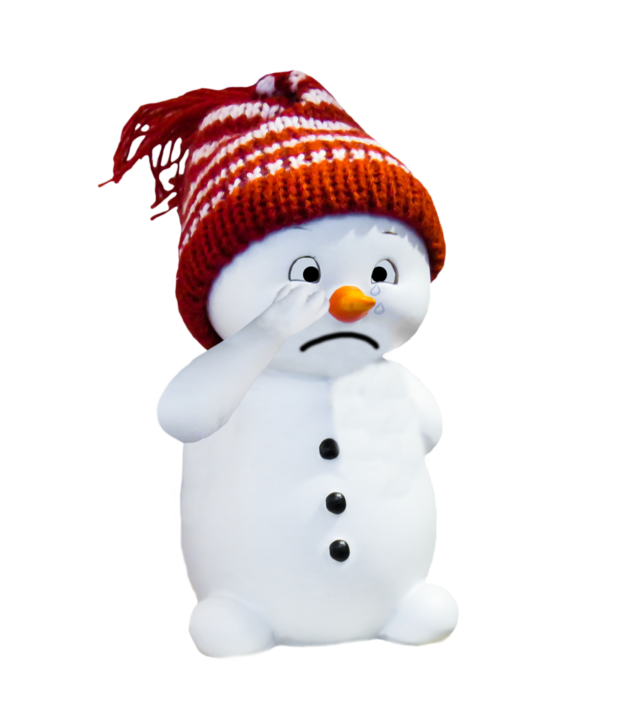
Are you depressed or are you just paying attention?
I know this administration makes it difficult to tell the difference, but unfortunately, ski season is back and so is seasonal depression. Since you slept like five hours over the past three days, you might as well just not get out of bed. When you wake up confused as to where your phone and wallet are just pop a melatonin and roll back over. Ultimate IDGAF.
Seasonal Affective Disorder (SAD) is an actual thing. It’s more than just the feeling of despair that hits me when I realize I’m still five months away from wearing crop tops and making out with hotties at Red Rocks shows. SAD occurs when the shorter, darker winter days mess with your body’s internal clock. The lack of sunlight can cause your serotonin levels to decrease and disrupts your natural sleep cycle. SAD can manifest in a wide range of symptoms, including fatigue, lack of concentration, feelings of hopelessness, lethargy, weight gain, feelings of unhappiness, reduced libido, less desire to be sociable and irritability.
I blame it on all the big holidays and corresponding vacations being packed into the last three months of the year. We suspend ourselves in a fantasy world with bright lights and comfort food and presents, but then the glow fades and we’re left in a frigid black hole of January. It’s dark all the time and suddenly we’re all supposed to pretend like sobriety and working toward being a better human is fun. (It’s not.) And what’s the point of keeping plans with friends when you can curl up under a weighted blanket nest with Netflix and Postmates? So we’re all just stuck inside being isolated, fat, sad and broke until we get our tax returns.
No one should think they are alone when they are faced with this struggle because so many of us go through it. If winter depression is significantly affecting your work, relationships or overall quality of life, speak to a professional. There are various treatments for SAD, such as medications, therapy, vitamin D supplements and light therapy. Prescribing antidepressants is the most common. However, if your symptoms are relatively mild, here’s how to stop being a sad puppy and reclaim your winter:
Use CBD oil religiously
Remember in 2014 when white people discovered coconut oil and acted like it was a cure all for everything? Well, we’re doing it again with CBD oil, but it actually works. Cannabidiol (CBD) is one of the 60-plus naturally occurring compounds found in all cannabis plants. It has been widely touted in the past couple years for its ability to reduce stress and alleviate depression. To be clear, CBD cannot cure depression. Rather, studies show that CBD interacts with the endocannabinoid system, a collection of cell receptors in the human body, which helps to regulate essential human functions such as sleep, appetite, mood, pain and pleasure, among other things.
Similar to SSRIs (selective serotonin reuptake inhibitors), CBD may boost signaling through serotonin receptors. When ingested in oil form, CBD influences brain activity and one byproduct is the release of serotonin and dopamine throughout the body. Insomnia and anxiety are the two major symptoms of SAD that can be treated using CBD. It also helps treat physiological symptoms of anxiety, like nervousness, shaking and increased heart rate. Smoking or vaping CBD-heavy strains, like ACDC and Charlotte’s Web, delivers pain and stress relief without making you feel high or overstimulating your appetite.
Catch an energetic buzz
I personally think that smoking weed is one of the best ways of making a miserable existence more tolerable, but it has long been thought that cannabis actually compounds the effects of SAD, as weed has often been labeled a mild depressant. However, certain strains can actually help you get out of bed when the dark sky tricks you into binge napping. As someone who struggles with fatigue, strong sativas have become an essential in my cannabis cabinet. I’ve found strains like Super Silver Haze and Green Crack actually lends energy rather than lethargy. Having energy gives you the motivation to move your body around and maybe even exercise, which also helps alleviate depression.
Get outside
Sure, it’s tempting to stay inside to pout with your bong and space heater all day, but getting as much natural light as you can is imperative when it comes to fighting seasonal depression. If you get home after dark, change your schedule and go enjoy a walk and a joint during your lunch break instead — the Vitamin D from the sun will boost your energy. People suffering from SAD typically gain weight, which makes you more tired, which makes you want to stay inside — it’s an awful cycle. If you outline a schedule that enables you to consistently get outside and expose yourself to daylight, it will definitely help improve your mental outlook.
.














